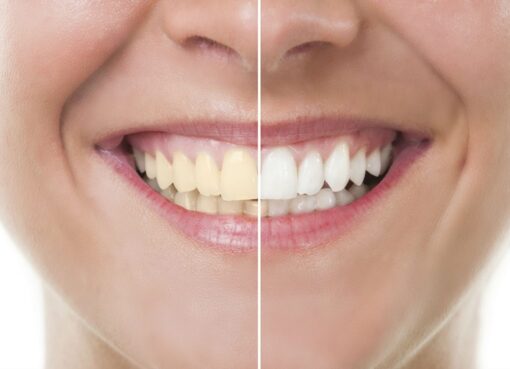Ingrown toenails happen when an edge or corner of your nail grows into the skin next to the nail. They mostly develop on big toes. You have a high chance of developing ingrown toenails if you have sweaty feet. Ingrown toenails are also common in older adults because aging leads to toenail thickening. In the early stages of an ingrown toenail Bakersfield, the skin next to it becomes tender, swollen, and hard. You may experience pain when pressure is exacted on the affected toenail, or fluid may accumulate around the toe. If the ingrown toenail becomes infected, you may experience pain, bleeding, oozing pus, overgrowth of the skin around the toe, and swollen skin.
Causes of ingrown toenails
Cutting toenails incorrectly: Cutting your toenails across can make the nail grow into the skin.
Improper footwear: Footwear that puts too much pressure on your big toes, like too-tight socks or stockings or shoes that are too tight and narrow, can lead to ingrown toenails.
Injuries: Dropping heavy objects on your feet can cause trauma, leading to ingrown toenails.
Improper foot hygiene: Not cleaning or keeping your feet wet can lead to ingrown toenails.
Genetic factors: You are likely to develop ingrown toenails if you have a family history of ingrown toenails.
Repeated activities: Sports like ballet, football, and soccer that involve repetitive kicking of objects or exacting pressure on your feet can damage your toenails, leading to ingrown toenails.
Treatments for ingrown toenails
Home remedies
You can treat your ingrown toenail at home if it does not have an infection. You can soak the affected foot in warm water for fifteen to twenty minutes several times daily. Ensure the other times you keep your shoes and feet dry. Pushing skin away from the irritated toenail edge with a cotton ball with olive oil can help reduce your symptoms. If your ingrown toenail is painful, over-the-counter drugs like ibuprofen can help ease your discomfort. You can purchase topical antibiotics such as polymyxin and neomycin to prevent infection on your ingrown toenail.
Surgery
Doctors can recommend surgery in some ingrown toenail cases. There are various surgical procedures for an ingrown toenail, including:
Partial nail removal
Partial nail removal involves eliminating the nail piece digging into your skin. Your doctor numbs the affected toe and narrows the toenail. During the partial nail removal treatment, your specialist cuts the sides of the affected nail so that the edges become fully straight. The specialist then places a cotton wool under the remaining portion of your nail to prevent the ingrown nail from reforming. Your surgeon may also apply a compound known as phenol to prevent the ingrown nail from recurring. Studies show that partial nail removal is ninety-eight percent effective in preventing the development of ingrown toenails in the future.
Total nail removal
Your surgeon can perform total nail removal if your ingrown nail results from thickening. The surgery involves your surgeon numbing the affected nail and then removing the entire nail through a process known as matrixectomy.
Ingrown toenails develop when an edge or corner of your nail grows into the skin next to the nail. They can result from cutting your toenails incorrectly, improper footwear, and injuries. Schedule an appointment at Diabetic Foot and Wound Center for ingrown toenail treatment to relieve your toe pain.





